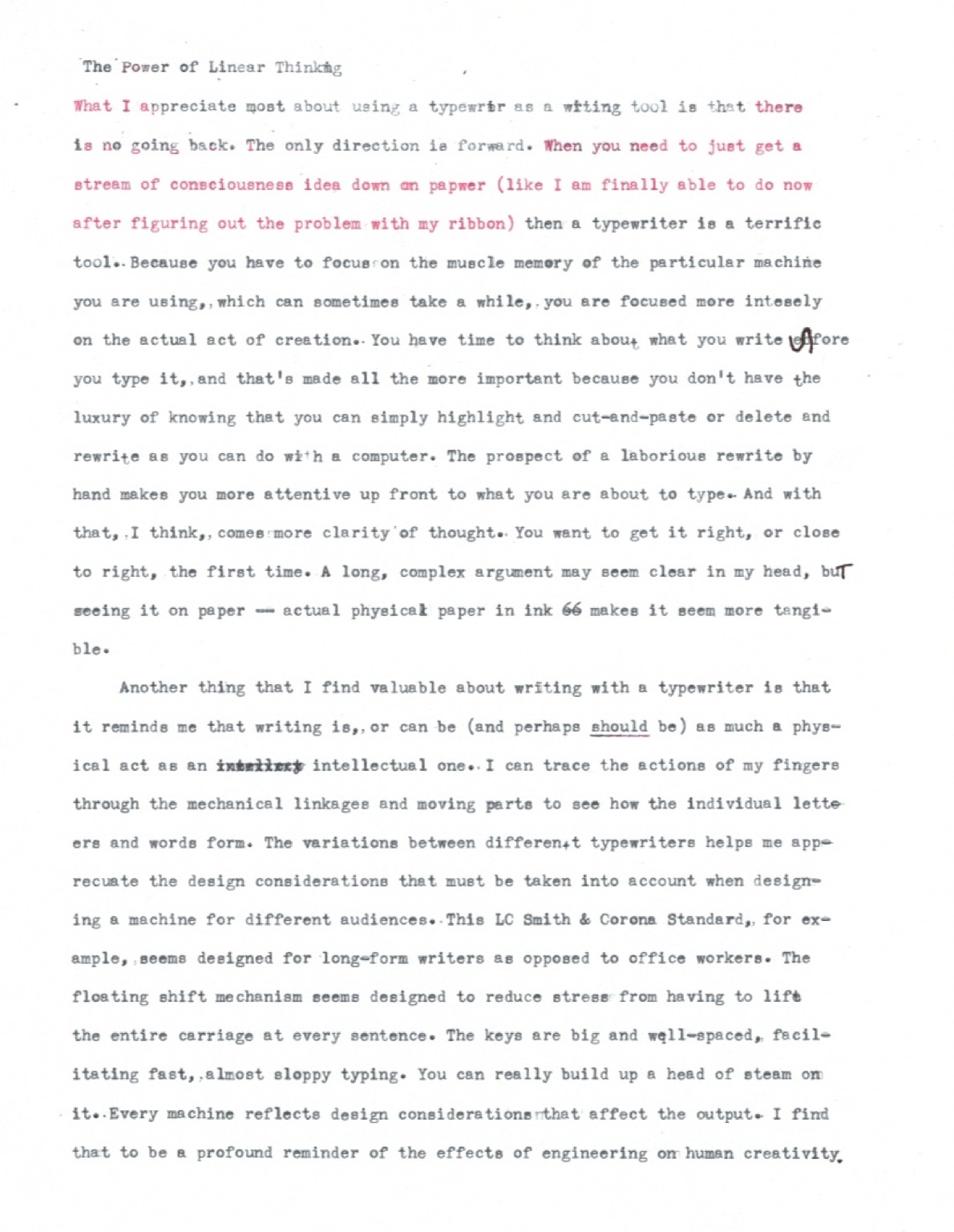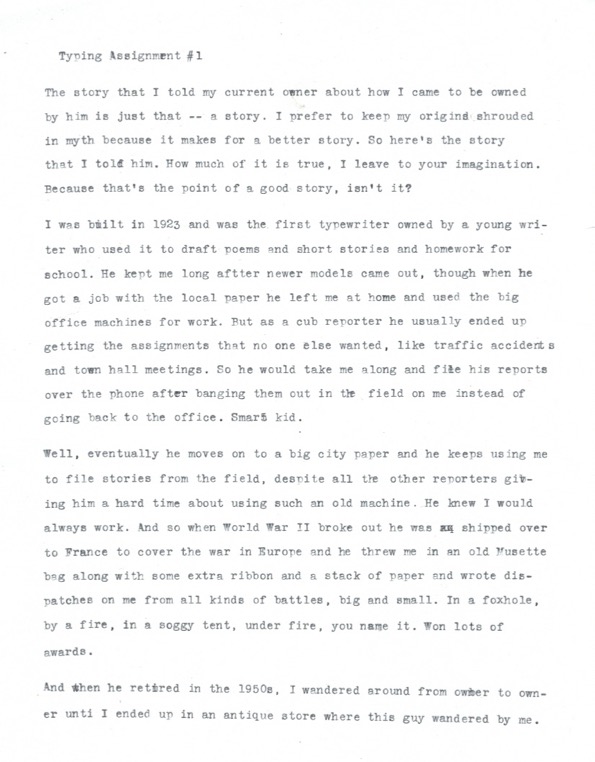The “Right to Repair” and the Profit Bubble
I was reading an article on the subject of the “right to repair” movement a little while ago and it got me thinking about why this apparently commonsense concept comes across as almost quixotic in a country that prides — or used to pride — itself on its self-reliance.
First of all, while I understand and appreciate the points being made, but I take issue with the slogan “right to repair.” This isn’t a rights issue. We use this term so loosely here, almost as a formal way of saying “I wanna.”
I mean I get their point, but turning this into a legislative thing is to my mind just silly. I agree with them in principle that manufacturers should not actually go out of their way to make products unserviceable by third parties. But compelling them to do it through legislation is a dead end. If there was a demand for it, there would be a supply of it.
On the other hand, the article brought up the case of the demise of independent camera repair shops, laying it on Nikon for deciding to stop making repair parts available to third-party vendors. That may be so (it sounds too pat, but I admit I don’t know the story), but at the same time Nikon is not obligated to keep other companies in business.
In an age where business is defined solely as the generation of profit, it makes sense that a company would not want to lose out on a revenue stream just out of being polite to customers. Yes, there are all kinds intangible benefits of such largesse, but they are exactly that: intangible. They don’t service the bottom line, which is all the accountants care about, and all the MBAs running businesses have been told to care about.
The repair culture that we used to have in this country — from farm equipment to radios and TV to cars and everything in between — required two things: a culture of people who saw it as part of their responsibility to maintain and repair the things they owned, and a business philosophy that focused on cultivating customers, not revenue.
Convenience plus growing middle-class affluence took care of the former; the need to repair something meant that you are not able to afford a new one. The rise of profit as the sole measure of corporate success in the immediate post-WWII years took care of the latter.
While writing the last couple of paragraphs, the phrase “the profit bubble” floated through my head. To my mind, the trajectory of an ever-greater focus on a single indicator — in this case, profit — followed by the increasing effort to hitch everything to that single indicator and the obsessive focus on it by people who should be skilled at looking at other things but who slavishly follow the trend instead, has all the earmarks of a classic bubble.
That the profit bubble has lasted as long as it has does not mean that it isn’t in fact a bubble; it’s a matter of scale. After all, the difference between an island and a continent is ultimately just a matter of semantics. It does, however, portend the scale of the impact and consequences when it ultimately does burst.
In any case, if and when companies see that it is in their best interests to once again encourage an support a repairability mindset among customers, then it will happen. It can’t, and it won’t, happen through legislation. And even if such legislation were to pass, it would not last long, for all the right and wrong reasons. The lasting solution requires changing the very underpinnings of modern business philosophy. Infinitely harder to accomplish, but infinitely more enduring.

